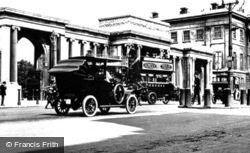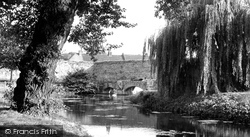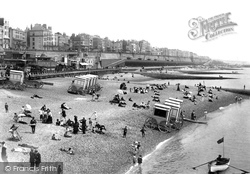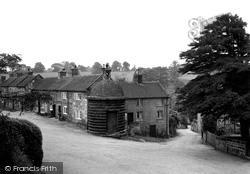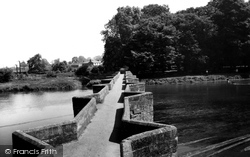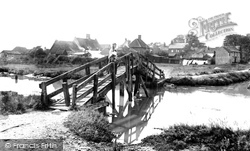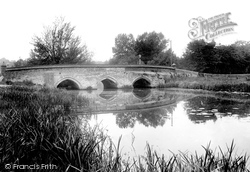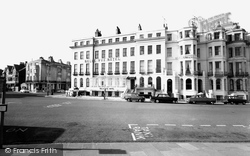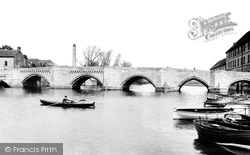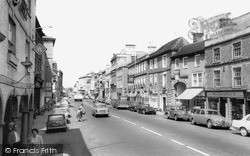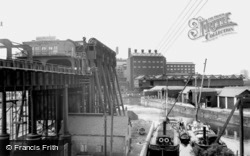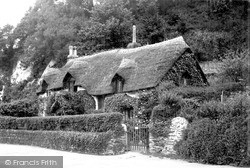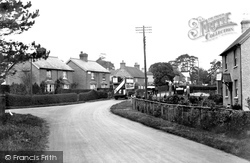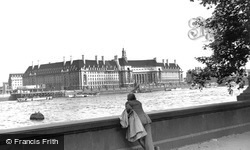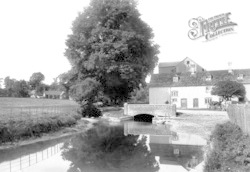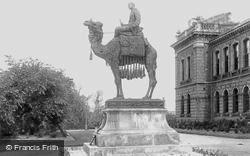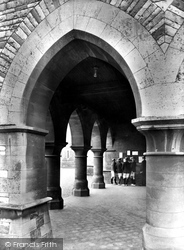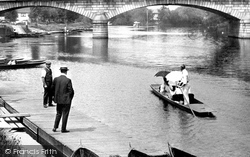Captions
1,233 captions found. Showing results 121 to 140.
Decimus Burton’s impressive arch is topped by a decorative frieze depicting horsemen, the design imitated from the Elgin Marbles which were on display in the British Museum.
The arches once had portcullises into the water, and there is a walkway on the inside of the wall.
From Palace Pier looking east, beyond the terminus of Magnus Volks' 1883 Electric Railway, we can see the late 1890s arches of Madeira Terrace, halfway up the sea wall in front of Marine Parade, with Kemp
Even before the Great War business had been transferred to a 'much more commodious police station'.
The original bridge consisted of 42 arches and stretched some way back from the river in order to clear wet ground.
Even before the Great War, business had been transferred to a 'much more commodious police station'.
The bricks that were used to build many of the houses in the High Street were the same kind, the magnificent Fareham Reds, that built the spectacular railway viaduct, whose seventeen arches loom
Horsedrawn carriages and motorised vehicles had to take a much longer route, about nine miles, via Blythburgh.
This is the three-arched red brick medieval bridge over the River Brett at Hadleigh.
All the buildings in this view survive, including the smaller houses in Elms Avenue and the rather good 1850s stucco of the Belle Vue Hotel, with its arched ground floor windows and heavy moulded cornice
The medieval bridge over the River Ouse was started in 1332 to connect Huntingdon with Godmanchester, and the respective authorities paid for three arches - note the different styles - with the builders
On the right is a heavily-rusticated arch leading through to the rear of the hotel, a reminder of the town's coaching days.
One such can be seen sandwiched between two barges.
This was built as a much smaller cottage in 1653, and rebuilt in the 1870s by Robert Wilson.
Not far away are Chelwood Vachery, a re-created hall-house originally called Trimmer's Pond, and Kidbrooke Park, a much altered and decorated house with gardens laid out by Repton.
Though it sits heavily on the Embankment, its broad facades and massed arches in the Piranesi style bring it a monumental dignity.'
The mill at Witchampton stands on the site of a much older mill building.
The General died in 1885 and this statue, erected in 1890, faces the memorial arch.
The air of a monastic undercroft, with its heavy circular columns and chamfered pointed arches, pervades the photograph.
Guiding a punt - and its 'fair inhabitants' - towards the graceful arches of Staines Bridge.




